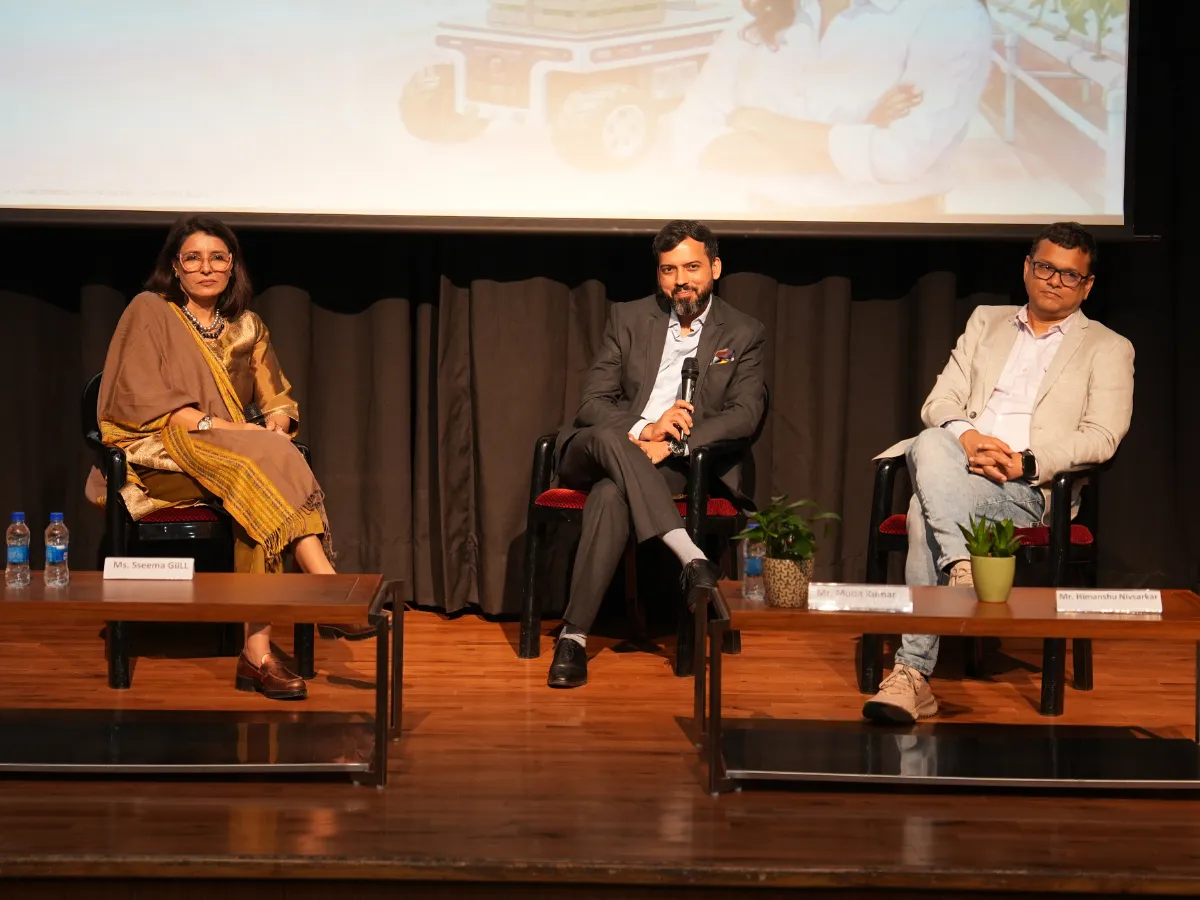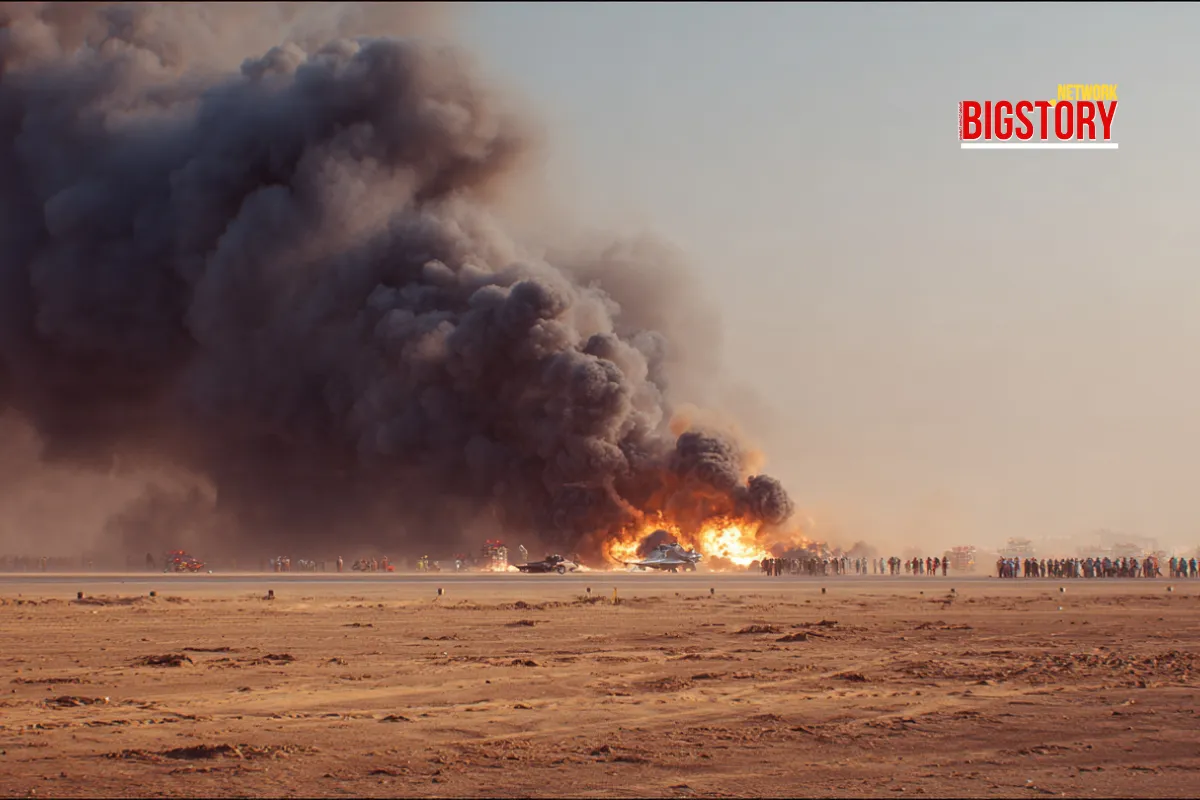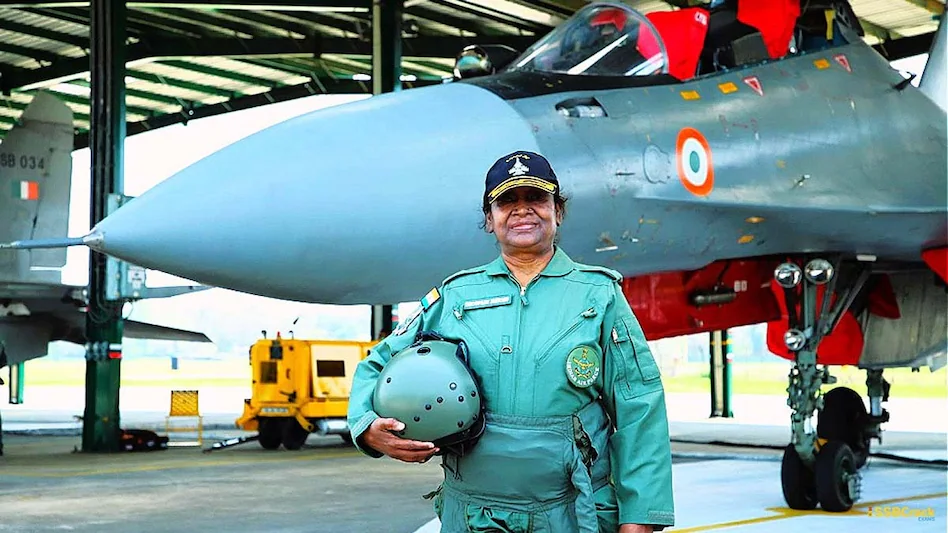Safran and Rolls-Royce are in a fierce competition to partner with India for the Advanced Medium Combat Aircraft (AMCA) engine, crucial for India's defense self-reliance.
 Vinayak Singh
Vinayak Singh

NEW DELHI, INDIA — The race to power India's ambitious Advanced Medium Combat Aircraft (AMCA) Mark 2 variant has intensified, with France's Safran and the United Kingdom's Rolls-Royce locked in a fierce battle to secure a strategic partnership for co-developing the crucial aero-engine. India's Ministry of Defence (MoD) has reportedly directed the Gas Turbine Research Establishment (GTRE), under the Defence Research and Development Organisation (DRDO), to finalize its recommendation by the end of 2025, a decision vital for India's indigenous defense capabilities.
The AMCA, a 5.5-generation stealth fighter, is a cornerstone of India's "Aatmanirbhar Bharat" (self-reliant India) initiative in defense. While the initial AMCA Mk1 prototypes are expected to be powered by imported General Electric F414 engines, the Mk2 variant will require a more powerful 110-130 kilonewton (kN) thrust engine, to be indigenously co-developed with a foreign partner. This engine is essential for advanced capabilities such as supercruise (sustained supersonic flight without afterburners), enhanced stealth, and the ability to power future systems like AI-controlled drone swarms and directed-energy weapons.
Both European aerospace giants, Safran and Rolls-Royce, have presented compelling proposals, each emphasizing full Transfer of Technology (ToT) and Intellectual Property Rights (IPR) ownership for India. This unprecedented commitment to technology sharing addresses India's long-standing strategic objective of achieving self-sufficiency in critical defense technologies, a domain where the country has faced challenges, as evidenced by delays in engine supplies for existing programs like the Tejas Light Combat Aircraft.
Safran, building on its established relationship with India through the Rafale's M88 engine, has proposed a clean-sheet 110-130 kN engine with Variable Cycle Engine (VCE) technology. While initially seeking to retain partial IPR, Safran has reportedly revised its offer to align with India's demand for 100% IPR and ToT, demonstrating its willingness to provide complete technological sovereignty. The company has also announced plans for a major MRO (Maintenance, Repair, and Overhaul) facility in Hyderabad for M88 engines, which could serve as a broader aerospace hub.
On the other hand, Rolls-Royce has offered to co-develop a bespoke 110-130 kN engine, also incorporating advanced Variable Cycle Engine (VCE) technology. Their proposal is notable for a commitment to 100% IPR ownership for India, full ToT, and support for establishing local manufacturing facilities. Rolls-Royce's offer also includes a vision for developing a family of high-thrust turbofan engines (ranging from 140–280 kN) by adapting the AMCA engine's core for broader applications, including medium and heavy military transport aircraft and even regional civilian jets. This dual-use potential creates economies of scale and positions India as a potential exporter of aerospace technology.
Analysts note that while Safran brings an existing relationship and experience with the Rafale's engine, some skepticism remains regarding its past willingness to transfer full IPR during the earlier Kaveri engine collaboration. Rolls-Royce, with its offer of a clean-sheet design not constrained by legacy technology and its experience with 6th-generation propulsion concepts from programs like the Global Combat Air Programme (GCAP), is seen by some as potentially offering a more future-proof solution.
The decision is expected to be formalized by the end of 2025, with detailed negotiations continuing into 2026. The ambitious timeline aims for the engine's critical core to be ready by 2030, full production by 2034, and integration into the AMCA Mk2 by 2035 for limited series production. Whichever partner is chosen, the collaboration represents a defining moment in India's journey toward becoming a global aerospace power, fundamentally shaping its defense capabilities and strategic partnerships for decades to come.






Sign up for the Daily newsletter to get your biggest stories, handpicked for you each day.
 Trending Now! in last 24hrs
Trending Now! in last 24hrs



